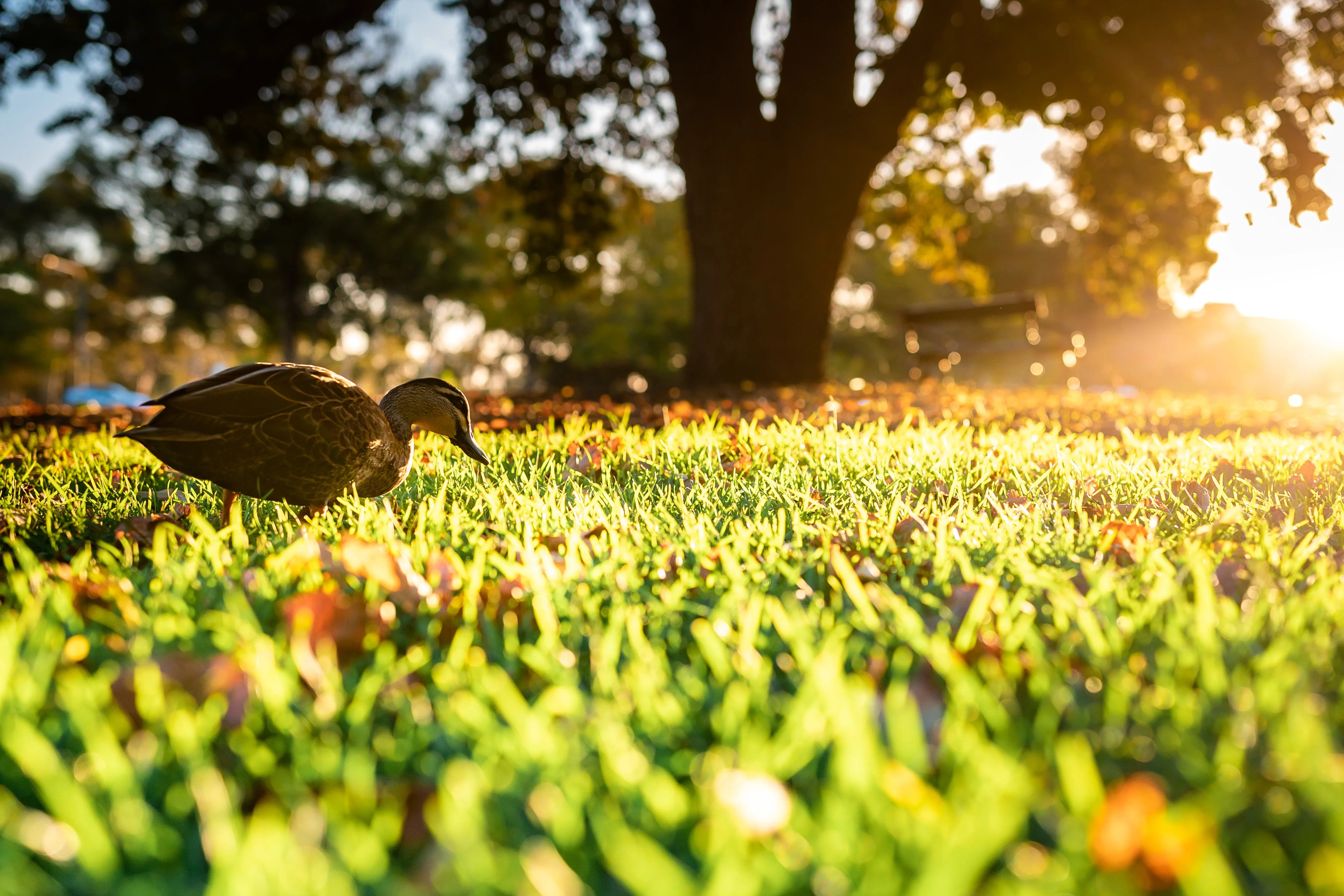Have you noticed a bird with one eye swollen shut, crusted, or puffed up? Whether it's your pet parrot or a wild bird near your feeder, seeing an inflamed eye can be alarming—and confusing.
What does it mean? Is it contagious? Should you do something?
In this guide, we’ll explore the most common reasons for swollen eyes in birds, how to recognize the signs, and what actions you can take to help—safely and responsibly.
👁️ What Does a Swollen Bird Eye Look Like?
Before jumping to conclusions, it helps to understand what “swollen” really means. Depending on the cause, symptoms may include:
- One or both eyes half-closed or shut.
- Puffy eyelids or surrounding facial area.
- Crusty discharge or wet feathers near the eye.
- Redness or inflammation.
- Difficulty seeing, flying, or perching.
🦠 What Causes Swollen Eyes in Birds?
Let’s look at the most common reasons behind swollen eyes, whether in wild birds or pet birds.
1. Eye Infections (Conjunctivitis)
This is one of the most frequent causes. Conjunctivitis in birds is usually caused by bacteria like Mycoplasma gallisepticum, fungi, or sometimes viruses.
Birds at risk: House finches, chickadees, sparrows, and poultry.
Symptoms:
- Puffy eyelids.
- Watery or pus-like discharge.
- Crusted-over eyes.
- Reduced vision or inability to fly.
Cause: Often spread at dirty feeders or crowded roosts.
📌 Tip: Clean feeders weekly with a diluted bleach solution (1:10 ratio) to prevent spread.
2. Respiratory Infections
Certain respiratory illnesses in birds can also cause swelling around the eyes, especially when sinuses are inflamed.
Watch for:
- Sneezing or wheezing.
- Open-mouth breathing.
- Nasal discharge.
- Loss of appetite or sluggish behavior.
- Eye puffiness as a secondary symptom.
Diseases like avian pox or Mycoplasma may begin with eye inflammation before progressing to systemic illness.
3. Physical Injury or Trauma
If a bird suddenly has one swollen eye but is otherwise active and alert, injury may be the cause. Common culprits include:
- Window collisions.
- Predator attacks.
- Fights between birds.
- Foreign objects or debris.
Clues it's an injury:
- Only one eye affected.
- Swelling appeared quickly.
- No other signs of illness.
4. Irritation from Allergens or Environmental Factors
Birds—especially indoor birds—can experience eye irritation from:
- Smoke.
- Cleaning sprays or chemicals.
- Dust buildup.
- Poor ventilation.
In these cases, both eyes may be affected, and symptoms may resolve once the source is removed.
🧠 Quick Comparison Table: What’s Causing That Eye Swelling?
| Cause | One or Both Eyes? | Other Signs | Treatment Action |
|---|---|---|---|
| Conjunctivitis | One or both | Discharge, crusting, low energy | Vet/Rehab needed |
| Respiratory Disease | Both | Sneezing, wheezing, weight loss | Vet/Rehab needed |
| Trauma | Usually one | Active otherwise | Monitor or vet |
| Allergens | Both | Resolves after exposure ends | Remove trigger |
🛠️ What Should You Do If You See a Bird With a Swollen Eye?
🕊️ Wild Bird (Backyard Visitor):
- Observe from a distance.
- If the bird appears weak, unable to fly, or both eyes are closed → contact a licensed wildlife rehabilitator.
- Do not attempt to catch or treat it unless instructed.
- Clean your bird feeders thoroughly.
- Reduce crowding and spacing at feeding stations.
🔍 Use a smart bird feeder camera to monitor bird health discreetly and in detail.
🏠 Pet Bird (Parrot, Cockatiel, etc.):
- Isolate from other birds.
- Clean the cage, perches, toys thoroughly.
- Do not apply over-the-counter eye drops unless prescribed.
- Contact an avian veterinarian immediately.
📌 Many eye problems in pet birds worsen quickly if left untreated.
🌳 A Bird That Keeps Returning with a Swollen Eye:
If the same bird keeps coming back to your garden with visible swelling:
- Note the frequency with a camera.
- Reduce shared surfaces: offer multiple feeders.
- Try to capture a photo to share with local wildlife centers for identification.
🧼 How to Prevent Eye Problems in Wild Birds?
- Clean bird feeders weekly with a 1:10 bleach-water solution.
- Replace water daily.
- Avoid crowding—spread out feeders in different locations.
- Use a bird feeder camera to monitor early signs of illness.
- Don’t use chemicals or pesticides near feeding areas.
🙋 Frequently Asked Questions
Q: Is a swollen bird eye contagious to other birds?
A: Yes. Bacterial infections like conjunctivitis can spread rapidly through shared feeders and perches.
Q: Should I try to treat a wild bird’s eye myself?
A: No. It's best to call a licensed wildlife rehabilitator. Improper handling can stress the bird or make the condition worse.
Q: Can pet birds get eye infections from humans?
A: Rarely, but poor hygiene and exposure to irritants can make them vulnerable. Clean their cages and consult a vet if symptoms appear.
Q: How long does it take for a bird’s swollen eye to heal?
A: It depends on the cause. Minor irritation may resolve in a day or two. Infections require medical treatment and can take 1–2 weeks.
💬 Final Thoughts: Don’t Ignore Swollen Bird Eyes
A swollen eye may look minor, but in birds, it's often a red flag for deeper issues—especially infections or respiratory distress. Whether you're caring for a beloved pet or feeding wild birds in your backyard, the best thing you can do is observe, clean, and act responsibly.
And sometimes, offering a clean, quiet space (with no chemicals or crowding) is the best care you can provide.
👉 Want to track bird health more closely?
Try a Bilantan smart bird feeder camera to monitor visiting birds without disturbing them.




Leave a comment
All comments are moderated before being published.
This site is protected by hCaptcha and the hCaptcha Privacy Policy and Terms of Service apply.